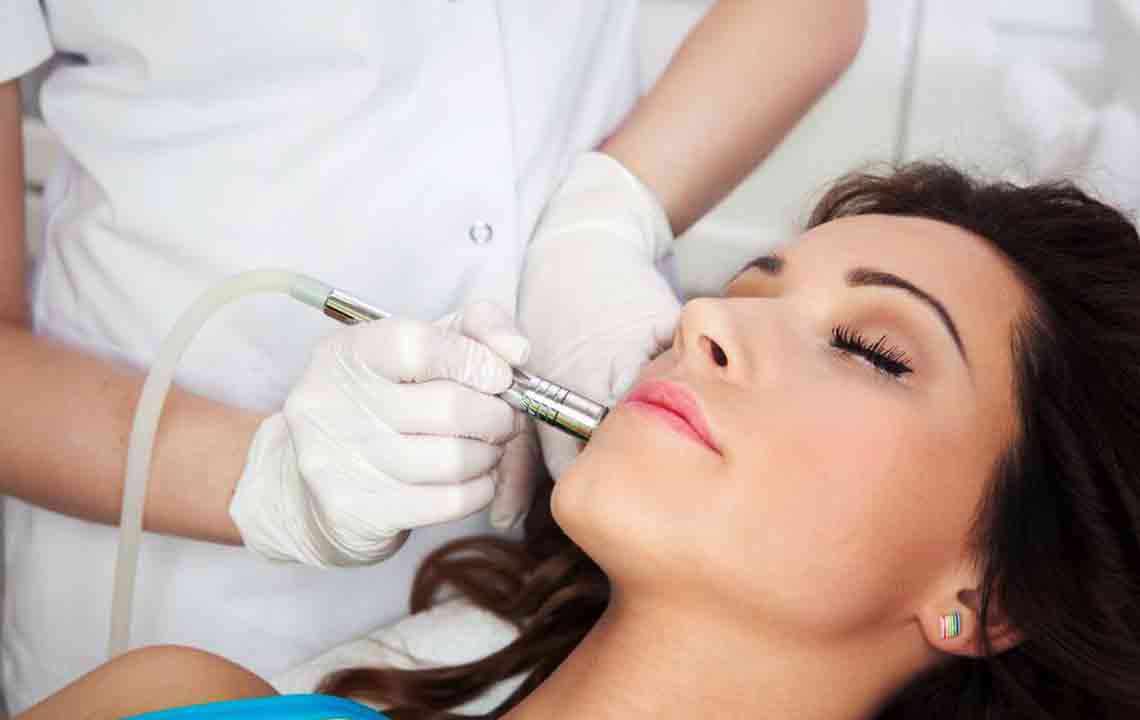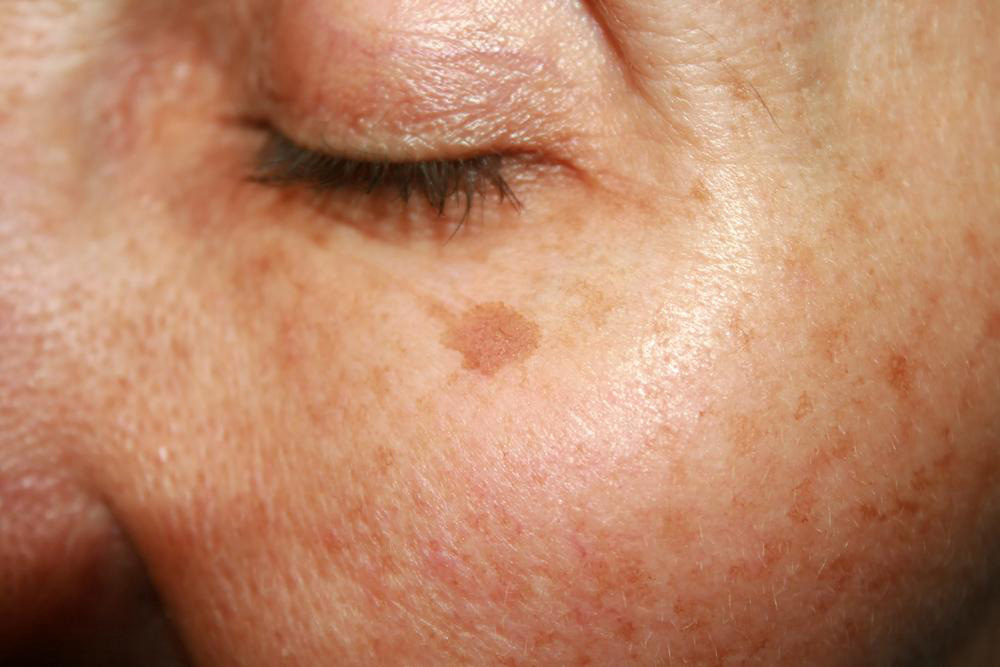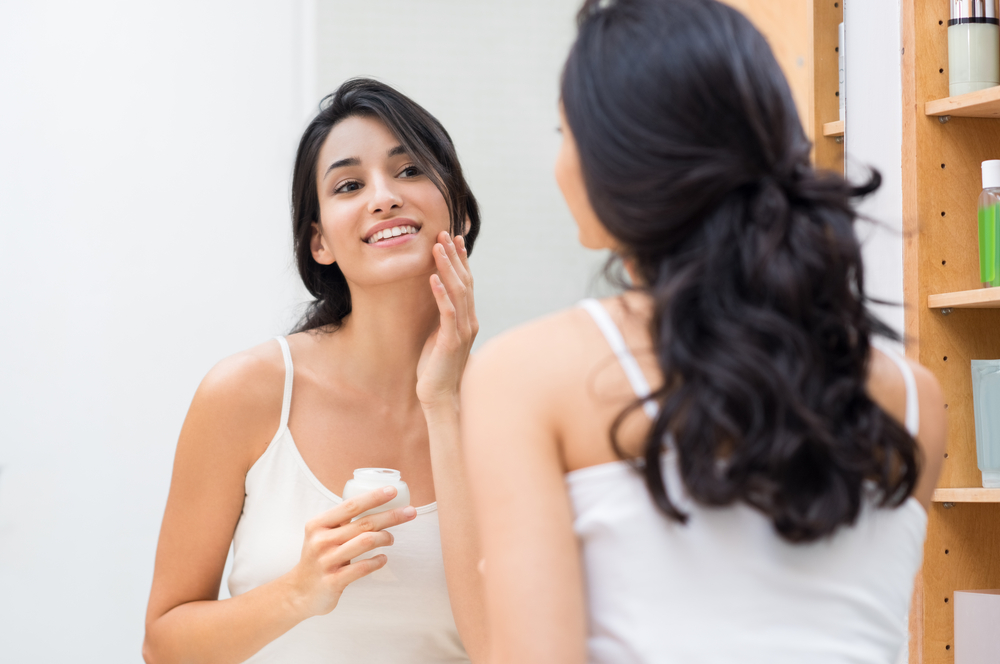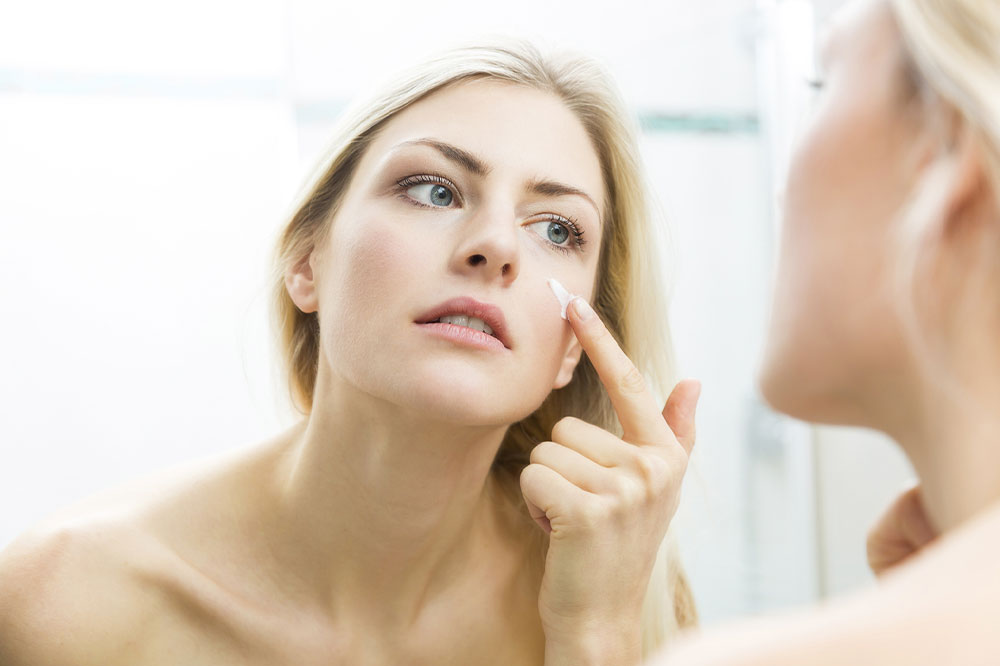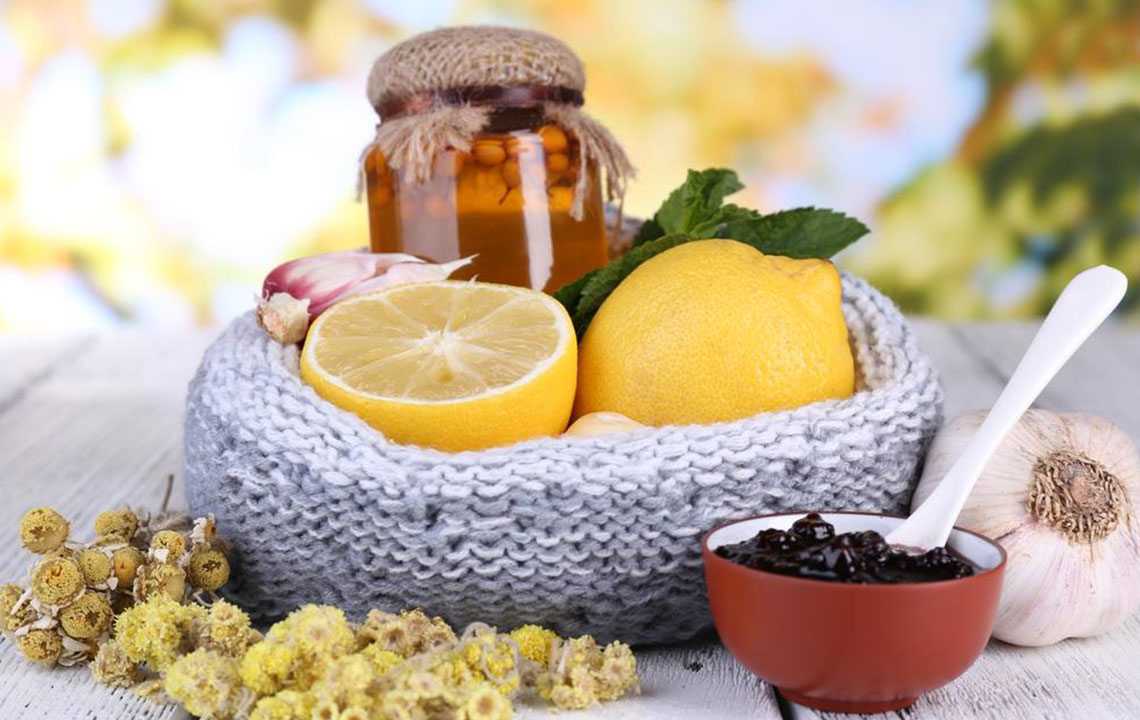Comprehensive Guide to Age Spot Prevention and Treatment
Learn about age spots, their causes, prevention, and treatment options. Discover natural remedies and medical procedures to effectively reduce pigmentation and restore skin clarity. Understand sun exposure's role and how aging contributes to pigmentation changes, along with safe treatment choices suitable for different skin types.
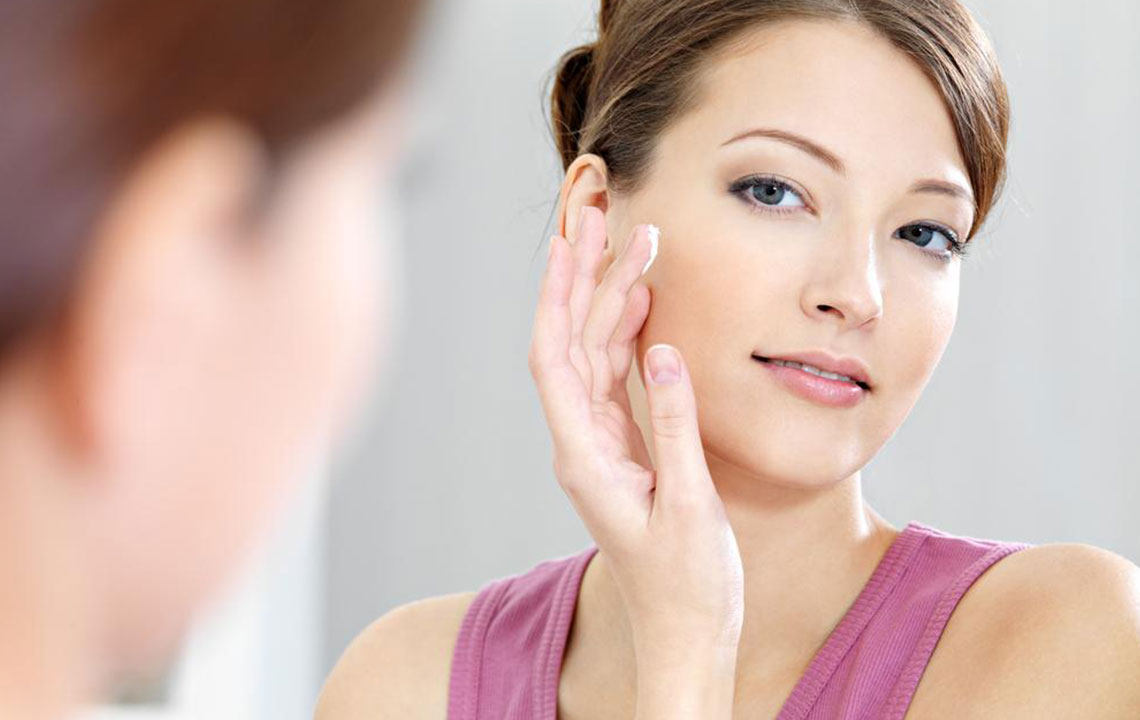
Comprehensive Guide to Age Spot Prevention and Treatment
Age spots, also known as liver spots, sun spots, or pigmentation patches, are flat, discolored areas on the skin caused by aging or prolonged sun exposure. Commonly appearing on hands, face, arms, neck, and shoulders, these spots can range from light brown to dark brown or even red. They may give the skin a dull appearance. Understanding the causes is essential for effective treatment. Factors like UV radiation and cellular changes with age contribute significantly to their development.
Causes of Age Spots
Age spots develop primarily due to sun exposure, which increases melanin production in the skin. As we age, basal cells in the skin accumulate lipofuscin, a pigment that results in dark spots. These pigmentation issues can also stem from cellular changes that cause accumulation of these pigmented cells, affecting surrounding tissues. While sun exposure is a major factor, aging itself alters skin cell behavior, leading to pigment buildup that manifests as age spots.
Sunlight triggers increased melanin production, especially in sun-exposed areas like the face, hands, and shoulders, resulting in visible spots. Aging-related changes, such as the buildup of lipofuscin in basal cells, further contribute to this pigmentation. Recognizing these causes helps in choosing appropriate treatment strategies to reduce their appearance and maintain youthful skin.
Options for Age Spot Removal and Management
Multiple treatments are available, ranging from natural remedies to medical procedures. The selection depends on individual preferences and skin condition.
Natural Remedies
• Aloe Vera: Known for its soothing and healing properties, aloe vera gel moisturizes skin and reduces inflammation, helping fade age spots over time. It’s widely available and can be grown at home.
• Apple Cider Vinegar: Rich in alpha hydroxy acids, apple cider vinegar exfoliates dead skin cells and encourages skin renewal. Daily application on spots can yield noticeable improvements.
• Lemon Juice: With citric acid, lemon juice helps lighten pigmentation and removes dead skin. Applying it mixed with rose water twice daily can be effective.
• Tomatoes: Containing lycopene and enzymes, tomatoes act as antioxidants and natural bleaches, lightening age spots and enhancing skin glow.
• Castor Oil: Regular massage of castor oil onto pigmented areas promotes skin healing and spot reduction.
Medical Treatments for Age Spots
• Chemical Peel: A chemical solution exfoliates the top skin layer, revealing fresh, clearer skin underneath. Post-treatment sun protection is essential.
• Cryotherapy: Liquid nitrogen application freezes pigmented cells, gradually lightening spots. Suitable for limited areas.
• Laser & Light Therapy: These procedures target melanin-producing cells, breaking down pigmentation over sessions. Minor side effects like temporary discoloration may occur.
• Dermabrasion: A rotating brush sands away pigmented skin, encouraging new skin growth. Multiple sessions may be necessary, with temporary redness being common.

